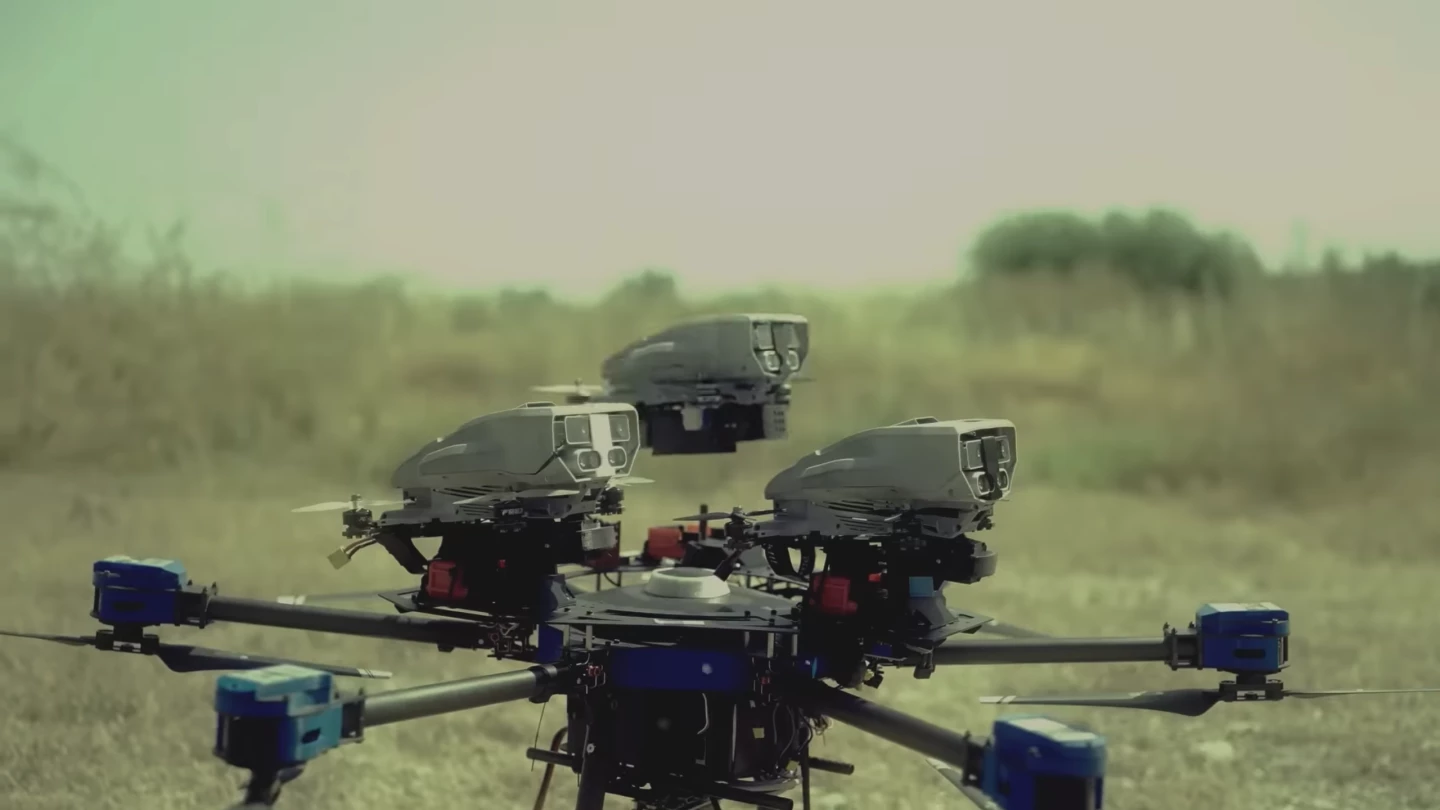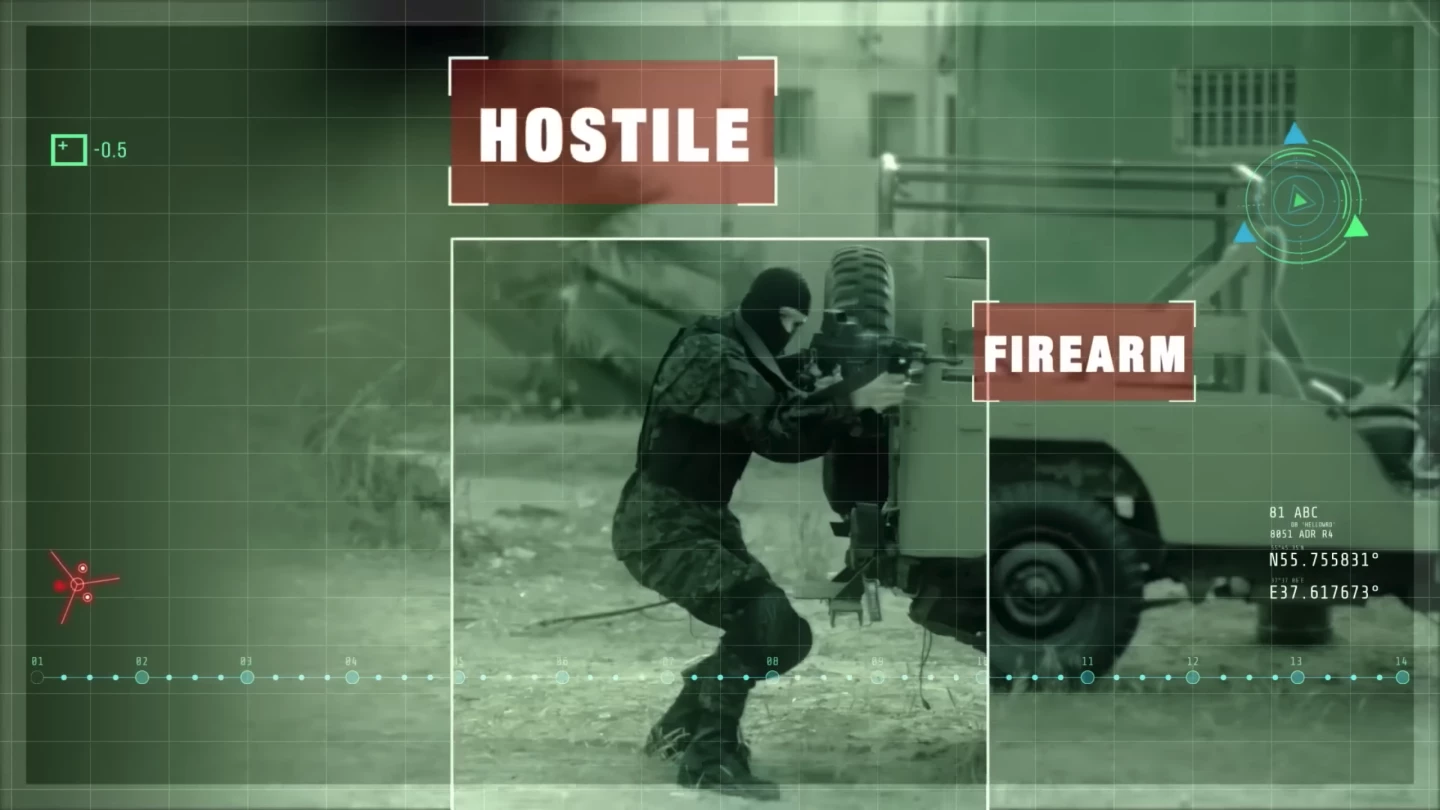Israeli defence tech company Elbit Systems has launched a lethal, autonomous suicide drone. The Lanius is an agile racing quad with a range of AI-powered scouting, mapping and target classification abilities, and the ability to explode when required.
Quadcopter drones are becoming a staple of modern warfare, as exemplified in the current Ukraine conflict. It's easy to see why; they're cheap, easy to operate and getting smarter all the time. They let you see and map out a dangerous area with no risk to the pilot, they can often get around completely undetected by adversaries, and it's remarkably simple to attach and/or release a lethal payload.
The Lanius is designed to travel in groups of three, sitting on top of a larger, mothership-style drone until they're deployed. Its maximum takeoff weight is 1.25 kg (2.76 lb), including a lethal or non-lethal payload up to 150 g (5.3 oz). A small hobby-style lithium battery gives it a maximum flight time around seven minutes.

On top of a simple, boxy-looking carbon fiber racing drone chassis, the Lanius is fitted with numerous sensors and cameras, as well as an Nvidia Jetson AI system-on-module designed specifically for rapid interpretation of fast-flowing data streams with low energy consumption. It links up with Elbit's own Legion-X combat swarm management software for multi-drone autonomous missions.
Alone or in a swarm, the Lanius is designed to enter an area and begin autonomously mapping it out using its AI capabilities and collision avoidance systems. It'll detect and label points of interest, as well as things like doors and windows, whether closed or open, and it'll enter buildings and search them with or without direction or direct control from a human pilot.
It's designed to detect humans, and attempt to classify them as friendly or hostile, combatant or non-combatant, armed or unarmed. When an armed threat is detected, it offers its human operator the ability to "engage" the target using whatever weaponry is on board. There's always a human in the loop; this thing will not attempt to kill anyone of it own accord.

It offers another tactical advantage in the ability to sit in ambush mode watching a particular area – say, a locked door that might have hostile threats on the other side. In this case, the Lanius can quietly land and watch the door. If the door opens and it sees something it decides qualifies as an armed threat, it'll alert the remote operator and again offer the ability to engage. That could definitely be an effective way to watch a team's back or flanks as they move through a dangerous area.
It's likely relatively slow and clunky at this point, but given how quickly quadcopter drones and deep-learning tech have developed over the last decade, you can bet that these machines will advance quickly over the coming years. Check out a highly dramatic video below.
Source: Elbit Systems via DroneDJ








